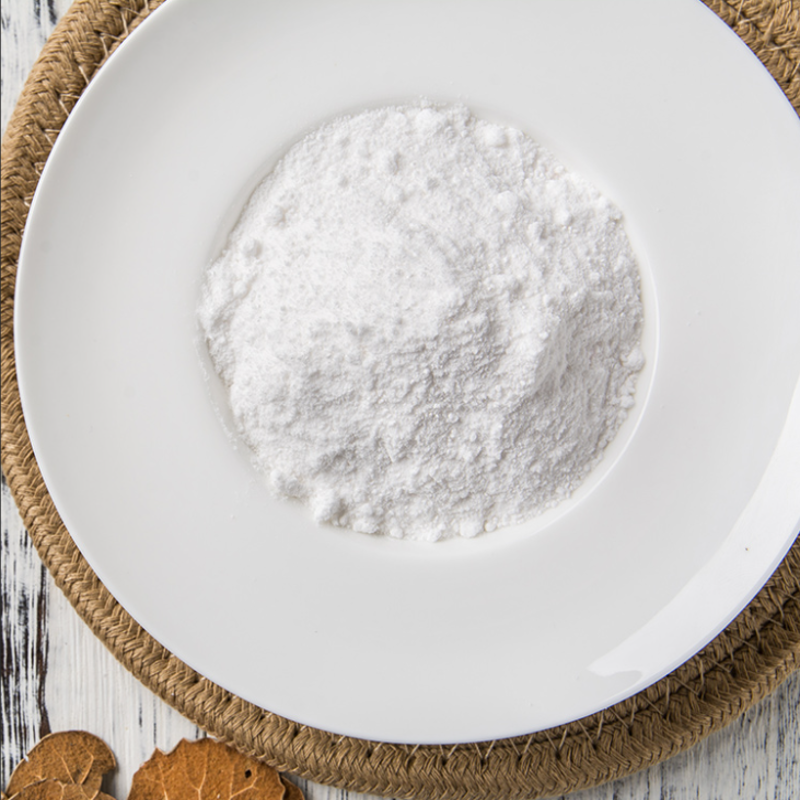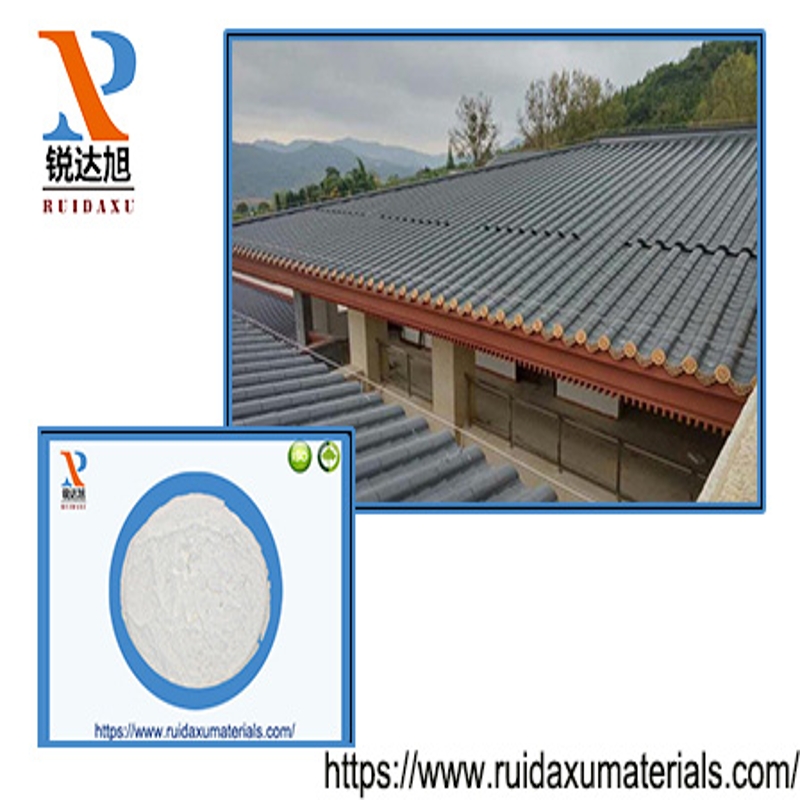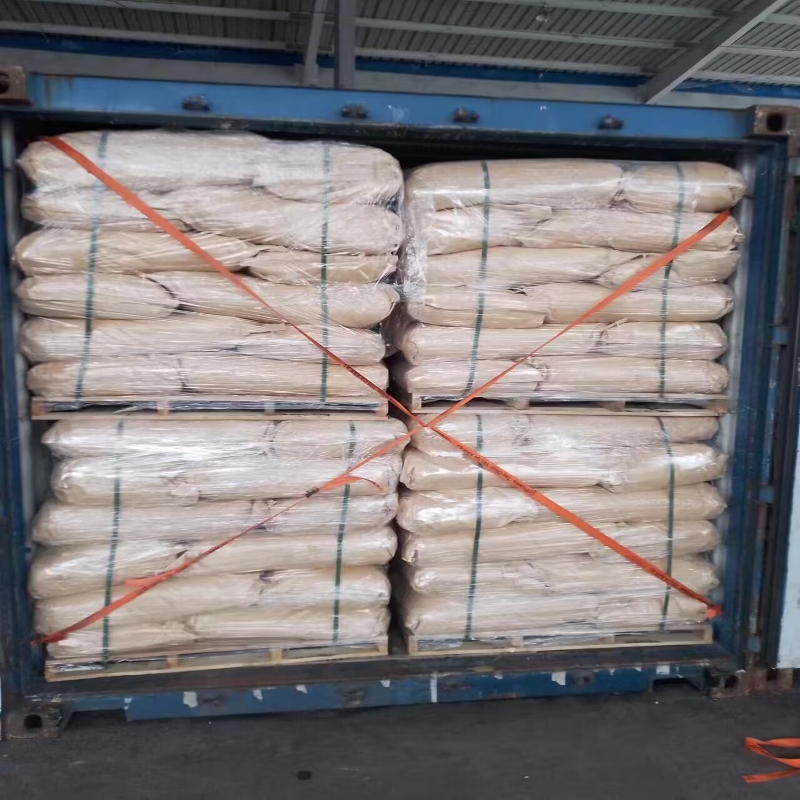-
Categories
-
Pharmaceutical Intermediates
-
Active Pharmaceutical Ingredients
-
Food Additives
- Industrial Coatings
- Agrochemicals
- Dyes and Pigments
- Surfactant
- Flavors and Fragrances
- Chemical Reagents
- Catalyst and Auxiliary
- Natural Products
- Inorganic Chemistry
-
Organic Chemistry
-
Biochemical Engineering
- Analytical Chemistry
-
Cosmetic Ingredient
- Water Treatment Chemical
-
Pharmaceutical Intermediates
Promotion
ECHEMI Mall
Wholesale
Weekly Price
Exhibition
News
-
Trade Service
Fast drying is the most frequently heard customer requirement for waterborne coatings
Although water-based coatings face the above-mentioned technical challenges, they will inevitably become an important member of the coatings field due to their environmental protection properties
1.
Like all coatings, the performance of waterborne coatings is largely determined by the resin chosen in the formulation
a.
b.
c.
d.
e.
2.
Curing mechanism of resin:
Waterborne resin film-forming and curing generally has several mechanisms
.
First, the aggregation and fusion of emulsion particles is a mechanism that all emulsion surface dryness must experience
.
Then, the volatilization of water and other film-forming aids makes the basic properties of the thermoplastic resin itself fully manifest, which is the second stage of curing
.
Finally, some emulsions introduce a cross-linking mechanism during preparation, or introduce a cross-linking agent when the coating is used, so that the hardness of the film is further improved on the basis of thermoplastic resin
.
The cross-linking mechanism of this last step will have a great influence on the final curing speed and degree of the film
.
Common crosslinking mechanisms include oxidative crosslinking (such as crosslinking of alkyd resins), Michael addition crosslinking (such as some self-crosslinking emulsion systems), and nucleophilic substitution crosslinking (such as epoxy, polyurethane, etc.
)
.
These cross-linking reactions are affected by factors such as temperature and pH, and the relationship between the curing requirements of the system and other properties should be balanced when formulating
.
3.
Dosage and types of film-forming aids:
In theory, any resin solvent is a coalescent
.
In practice, considering factors such as safety, cost, speed, etc.
, there are only a dozen common film-forming additives, mainly some high-boiling alcohols, ethers and esters
.
These coalescents will have their own preferences for different waterborne coating engineers
.
Generally, an experienced engineer only has two or three types of coalescents commonly used
.
The main considerations are the distribution of the reagents between the water and the resin and within the resin particles
.
Especially when the water-based resin is a multiphase resin, the selection and matching of the film-forming aids are particularly important
.
4.
Construction environment:
We discussed the issue of water at the beginning of this article
.
It is precisely because of the characteristics of water that water-based coatings have higher requirements than oil-based paints in the construction environment, mainly to control the temperature and humidity during construction as much as possible
.
The construction of general formula should try to avoid high humidity environment
.
If it must be applied under high humidity, the formulation should be adjusted, or a resin with fast film formation should be selected or the site should be isolated
.







